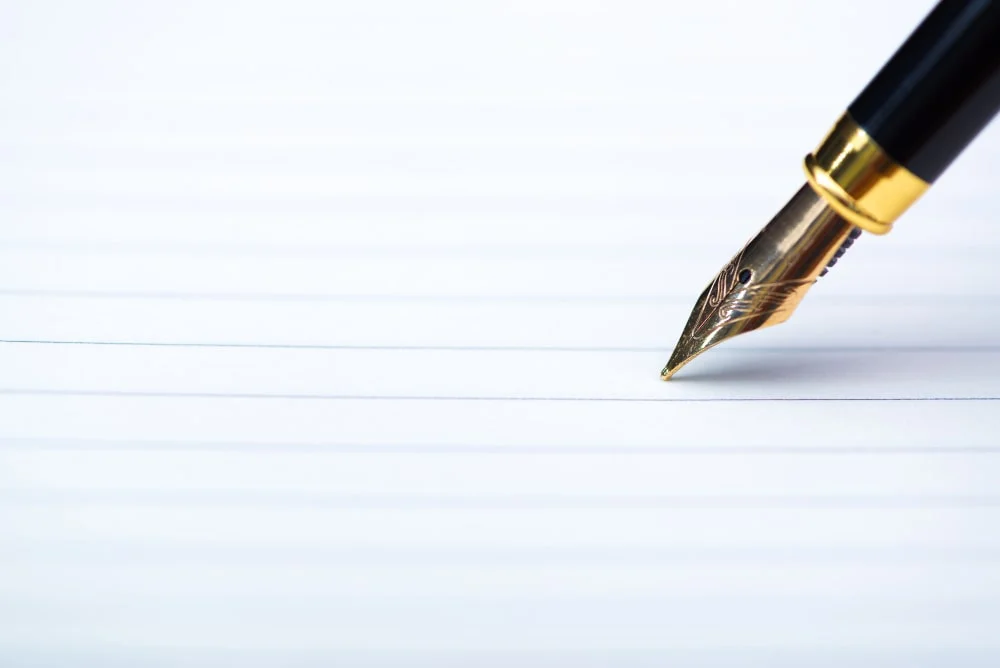Paper Details
Optimization of biological hydrogen production process using stepwise regression method
Nima Nasirian1, Morteza Almassi
DOI: https://dx.doi.org/10.12692/ijb/4.2.289-299
Int. J. Biosci. 4(2), 289-299. January, 2014. (PDF)
Abstract:
With the aim of better understanding the influence of hydrogen partial pressure on biohydrogen production parameters, an experimental set-up was constructed of three 5.5-L continuous stirred tank reactors having three stirring speed levels (A= 240, B=135 and C=80 rpm). The influence of organic loading rate (OLR), from 7.5 to 37.5 kg VS/m3.d, on the performance of bioreactors producing fermentative hydrogen was examined. The gas amount varied according to different OLRs, but it could be stabilized at a high level, with a hydrogen concentration in the gas that ranged from 41.7–50.8% in test run A, 45-64% in test run B, and 38-50.5% in test run C. The yield in the test run B was significantly higher than both test runs A and C: 1.27 versus 0.5 and 1.05 mol-H2/mol-glucose, respectively. At the high OLR of 30-35 kg VS/m3.d, the H2 yield was maximized at 1.60 and 2.08 mol H2/mol glucose for the operation of test run B. Overall H2 productivity was achieved to be 3.54 mmol/L×h in test run B. Stepwise regression method was then used to discover effective parameters on biohydrogen production and to achieve the best adjusting model. Experimental results showed that this method has a great capability to describe continuous hydrogen production systems. Stepwise method showed that organic loading rate, nutrient, NaOH, and hydrogen partial pressure have significant influences on hydrogen specific production rates (p<0.002). Adjusted coefficient R2 increased from 0.61 to 0.71 by stepwise, entering most effective parameters into the models.


